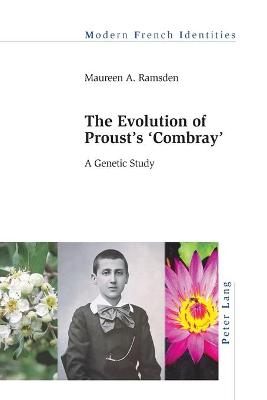Modern French Identities
2 primary works
Book 123
Moving on from the limited traditional studies of genre definitions, this book argues that the borders between these two types of discourse depend on complex issues of epistemology, literary traditions and social and political constraints. This study attempts a systematic and specific analysis of how literary works, and in particular documentary ones, where the borders are more difficult to define, can be classified as factual or fictional. The book deals with several areas of discourse, including history, travel tales, autobiography and reportage, and opens up perspectives on the very different ways in which documentary works make use of the inescapable presence of both factual and fictional elements.
Book 138
This book primarily investigates whether the most important work in the development of Marcel Proust's A la recherche du temps perdu was Contre Sainte-Beuve, often assigned this role, or the first, unfinished and, in Proust's lifetime, unpublished novel, Jean Santeuil. Given the length of the final work, this book focuses on the beginning of the first volume, Du Cote de chez Swann, known as "Combray". Proust was writing his work on the French literary critic Sainte-Beuve, when it appeared to evolve into the final novel. However, much of the material found in the early work, Jean Santeuil, can also be found in A la recherche, but usually in a very different form or context. By his abandonment of Jean Santeuil, Proust showed he was still searching for the right material and also, even more challenging, a suitable form in which to present it. The technique adopted for the main body of this work is to follow, by means of close readings, the evolution of a character, a place or an episode, from its earliest appearance in the avant-texte, both published and unpublished, to its final place in "Combray". The extra layer of the avant-texte also leads to further elucidation of the meaning of this rich and complex novel. Finally, the new presentation of the material in "Combray" reveals the novel's technical evolution to that of a modernist work.

